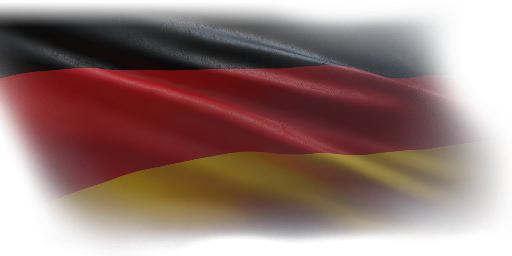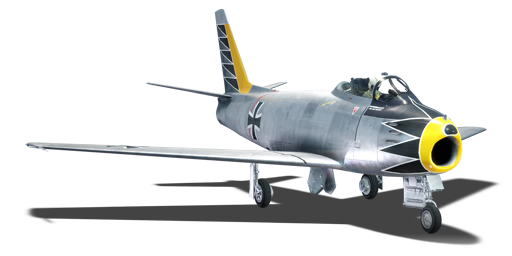




In 1949, Canada wanted a new fighter to supplement its growing air force. The F-86 Sabre was a good option, but the Canadian government didn't want to have another American aircraft in service. As a compromise, Canada received a license to build their own Sabres and thus birthed the Canadair Sabre. At first, they were essentially the same as the US F-86A. As development and production continued, Canadair Sabres were growing different and even had their own engine installed, the Avro Orenda jet engine. Many variants of the Canadair Sabre were built, but the last variant was the Mk 6. It was quite similar to the Mk 5, except in engines: the Mk 6 was powered by the Orenda 14 engine. It provided a 14% increase in thrust and greatly improved the Mk 6's performance. The climb rate, top speed, and service ceiling were all improved. It would be one of the best-performing Sabres and was delivered to many countries, including Germany. The last Canadair Sabre was built for Germany and marked the end of production. Germany received over 200 Mk 6 Sabres and would later be modified to launch AIM-9B Sidewinders.
Introduced in Update 1.87 "Locked On", the CL-13B Mk.6 (Germany) is one of the best Sabres in-game. It features some of the best manoeuvrability thanks to the addition of leading-edge slats and relatively low weight. The Grenada 14 allowed the CL-13 to climb much faster and accelerate more quickly compared to the F-86F Sabres. Although it was a massively improved Sabre, the CL-13B still retains the six M3 Browning machine guns mounted on the nose. The CL-13B can also utilize the AIM-9B Sidewinder, which is helpful for forcing opponents to turn and pick off slow targets. However, it lacks flares, which becomes a major issue in uptiers against AIM-9Ls and R-60Ms. Players need to be extra cautious in uptiers and stay away from aircraft like the Su-25 and A-10, which are armed with all-aspect missiles.
flaps
flaps
flaps
brake
| Belt | Belt filling | Armor penetration (mm) at a distance: | |||||
|---|---|---|---|---|---|---|---|
| 10 m | 100 m | 500 m | 1000 m | 1500 m | 2000 m | ||
| API-T/AP/AP/I | 30 | 27 | 20 | 13 | 9 | 6 | |
| AP-I/AP-I/API-T/I/I | 28 | 26 | 18 | 11 | 7 | 4 | |
| API-T/I/AP/AP/AP-I/AP-I | 30 | 27 | 20 | 13 | 9 | 6 | |
| API-T | 28 | 26 | 18 | 11 | 7 | 4 | |
| AP-I/I/AP-I/I | 28 | 26 | 18 | 11 | 7 | 4 | |
8 × HVAR rockets












Flight performance | |
|---|---|
Survivability |
|---|
Weaponry | |
|---|---|